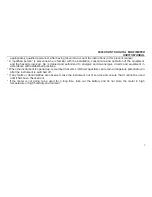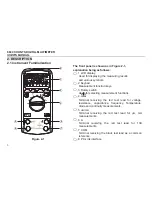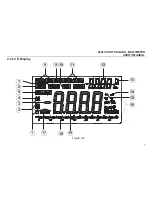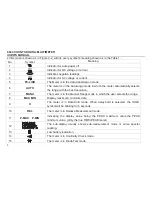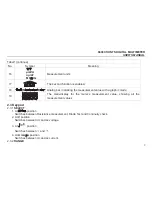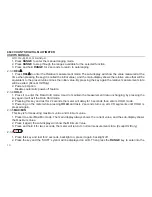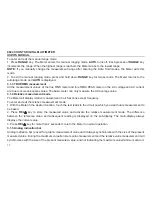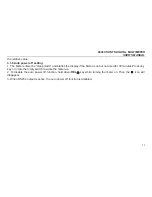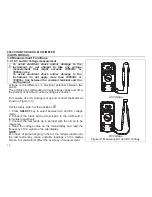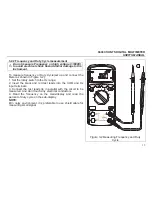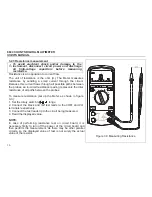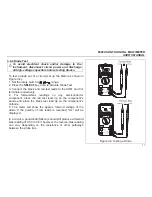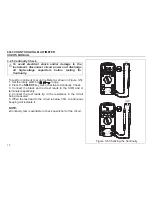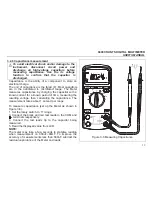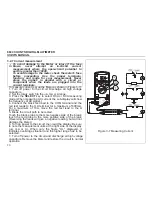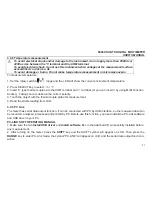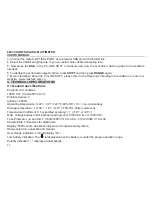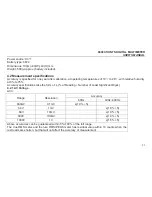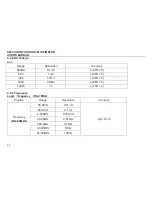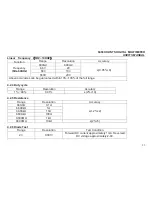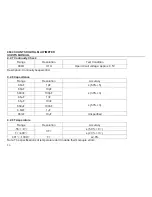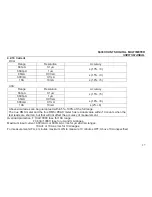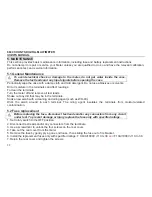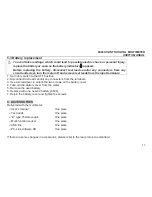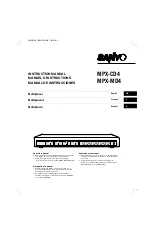
6600 COUNTS DIGITAL MULTIMETER
USER'S MANUAL
14
3.2 Measurement Functions
3.2.1 AC and DC Voltage measurement
To avoid electrical shock and/or damage to the
instrument, do not attempt to take any voltage
measurement that might exceeds 1000Vdc or
1000Vac rms.
To avoid electrical shock and/or damage to the
instrument, do not apply more than 1000Vdc or
1000Vac rms between the common terminal and the
earth ground.
Voltage is the difference in electrical potential between two
points.
The polarity of ac (alternating current) voltage varies over time;
the polarity of dc (direct current) voltage is constant.
To measure ac or dc voltage (set up and connect the Meter as
shown in Figure 3-1):
Set the rotary switch to the position of
V
.
1 Press
SELECT
key to select between AC and DC voltage
mode.
2 Connect the black and red test leads to the COM and V
terminals respectively.
3 Connect the test leads tip in parallel with the circuit to be
measured.
4 Read the voltage value on the main-display and read the
frequency of AC signal on the sub-display.
NOTE:
z
In case of probe hanging in the air, the voltage inducted by
the test leads may cause unstable readings on the display
screen, but that will not affect the accuracy of measurement.
COM
A
V
Hz
mA
uA
A
mA
uA
C
¡ £
Hz
V
OFF
F
¡ £
V
AC Voltage
COM
A
V
Hz
mA
uA
A
mA
uA
C
¡ £
Hz
V
OFF
F
¡ £
DC Voltage
Figure3-1 Measuring AC and DC Voltage






